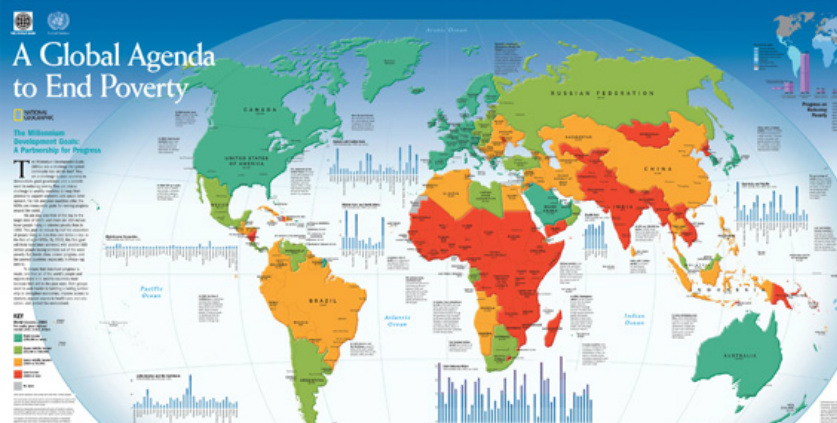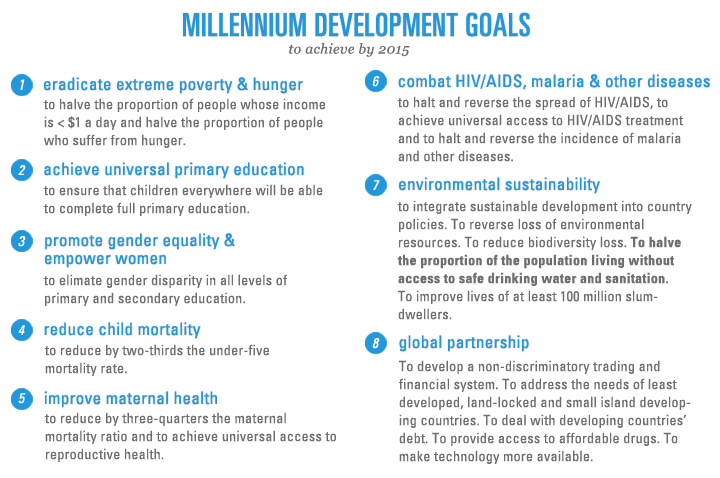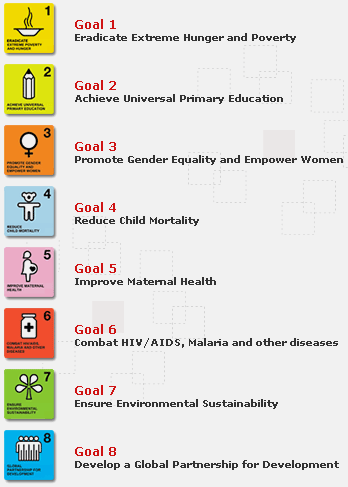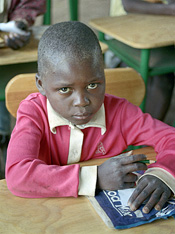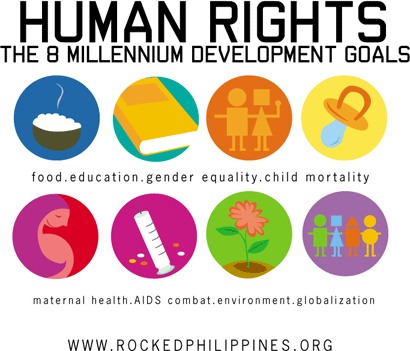Page Under Construction
|
GOAL 1
Through a national input subsidy programme, Malawi achieved a 53% food surplus in 2007, from a 43% national food deficit in 2005. Vietnam’s investment in agriculture research and extension helped cut the prevalence of hunger by more than half, from 28% in 1991 to 13% in 2004-06. The prevalence of underweight children also more than halved from 45% in 1994 to 20% in 2006. Nicaragua reduced its hunger rate by more than half, from 52% in 1991 to 21% in 2004-06. In Northeast Brazil, stunting, an indicator of child malnutrition, decreased from 22.2% to 5.9% between 1996 and 2006-07. Between 1991 and 2004, the number of people who suffer from undernourishment in Ghana fell by 34%, to 9% of the population. In Argentina, the Jefes y Jefas de Hogar programme employed 2 million workers within a few months after its initiation in 2002, contributing to the country’s rapid poverty reduction, from 9.9% in 2002 to 4.5% in 2005. In Laos, supporting local farmers helps to fight national poverty |

